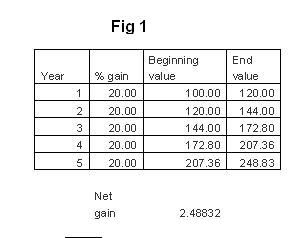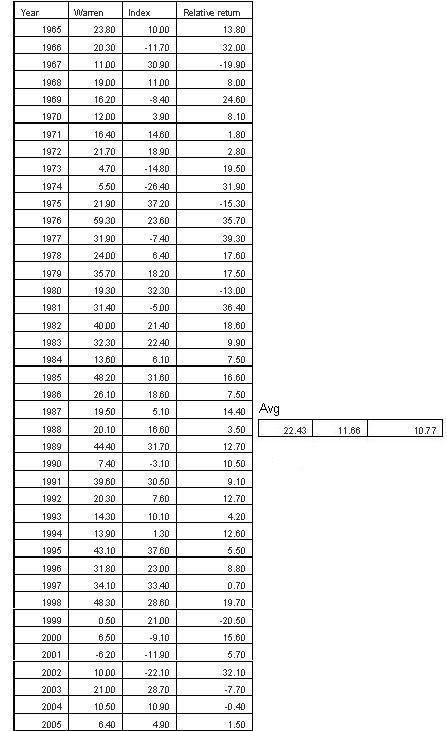- by Kuppusamy Chellamuthu
The topic discussed below might be too trivial to some. But still as many in this group are getting the flavor of equities for the first time, it might make more sense.
Have you been amused by statements like
* Indian market over valued
* Prices have already discounted 2008 earnings
* 16.5x of FY06 earnings
* Shares trades at 8 times of earnings which is below its peers
* Indian stocks are fairly valued when compared to other emerging markets
What does this damn things valuation mean? Let us discuss it with an example below.
What is EPS:
First and fundamental thing to understand is EPS (Earnings per Shares). This means the money one share (which is a part of the ownership) earns in that year/quarter. If there is a total of 1000 equity shares and the company’s profit for the year is Rs 10,000, each individual share earned Rs.10. This is what is known as EPS by dividing the profit by total number of shares.
What is PE ratio:
PE ratio is price earning ratio which is the ratio of market price of the share to the earning of the shares. In the above example we calculated the earning of a share (EPS) as Rs.10. Let us assume that this share trades at Rs.120 in the market. PE ratio is calculated as Price/EPS = 120/10 = 12. This company trades at an PE of 12 or 12 times of its earnings.
What can one infer from this? Well.. you need to pay a price of Rs. 120 to earn a profit of Rs.10 at the end of the year. Is it costly or attractive? Purely depends on the risk appetite of the investor. This turns out to be 8.33 % earning in an year (10/120) * 100. Anyone is OK for such a gain/return in a year could buy at this level. As a matter of fact a low PE value is good and higher PE is certainly expensive. When there are two companies that operate in the same market with same efficiency (say Infy & Wipro) it is good to buy the company that have the lowest PE , given all other variables remain same.
Does that mean that a higher PE is not to be bought at all? Then why the heck some companies are trading at 40 times to 100 times of their earnings. Well.. the market expect these companies perform exceptionally well. A share price of Rs.200 for EPS of Rs 4 translates to a PE of 50. Is one simply looks at the yield it is just 2 %. However if the earnings double for the next 2 years, its EPS would Rs 16 after 2 years. So the current price of 200 is 12.5 times of n+2 yrs (say year 2008 yearnings). This looks OK. But one needs to be sure about the growth like how Infosys, Bharati tele etc have grown.
Being equipped with these terminologies helps one understand (al least an attempt to understand) and analyze recommendation and so called hot tips from your broker. Mind you.. brokers feel ease to work with clients who asks no questions; but pay little respect. After all for him it is money for every trade no matter you gain or loose.
Have a nice day!!


